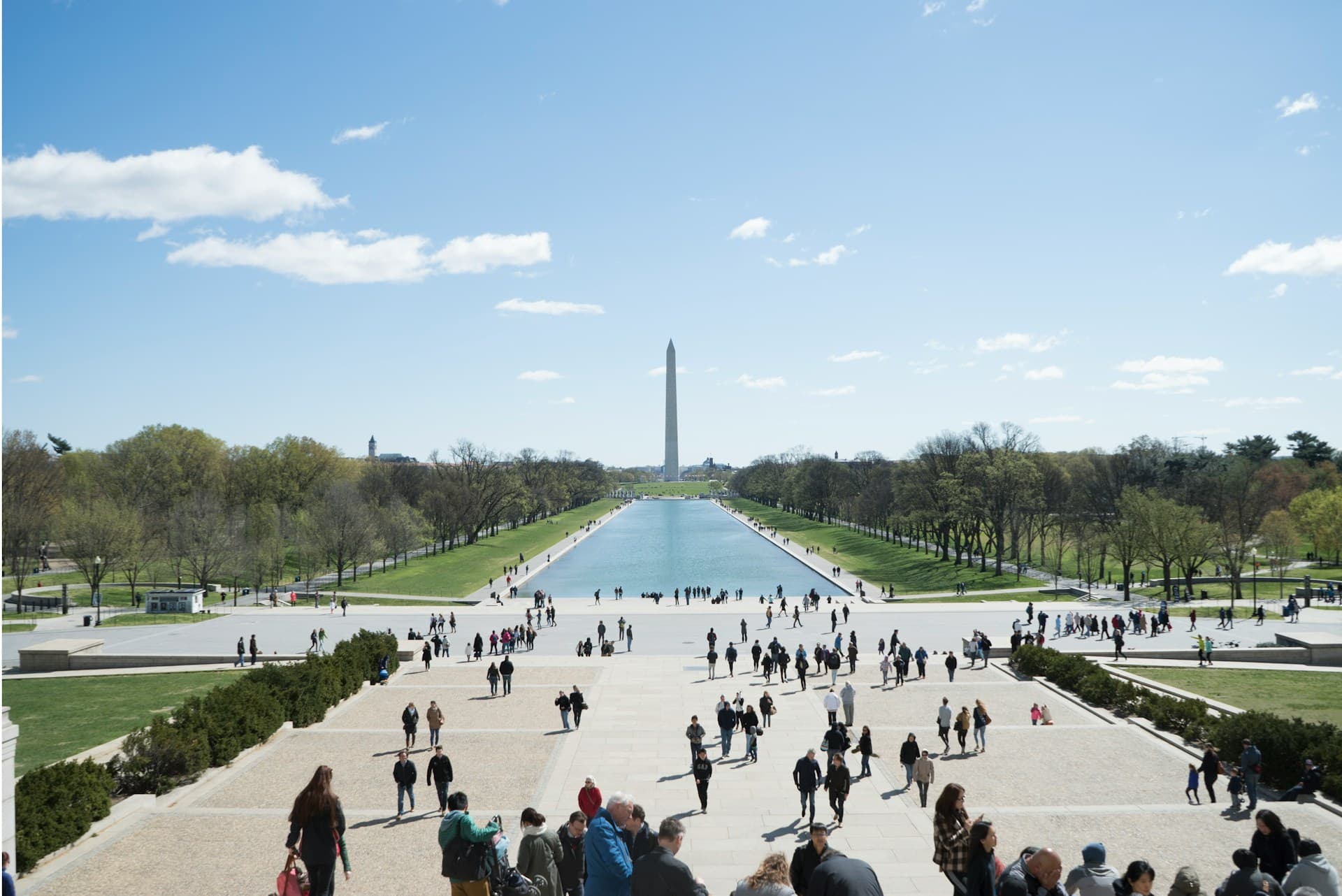California utility companies scrambling to buy out-of-state renewable energy

 The California Renewable Portfolio Standard (RPS) passed in 2002 and was accelerated in 2006. It mandates that electricity providers get at least 20% of their retail sales from renewable sources by the end of this year and 33% by 2020.
The California Renewable Portfolio Standard (RPS) passed in 2002 and was accelerated in 2006. It mandates that electricity providers get at least 20% of their retail sales from renewable sources by the end of this year and 33% by 2020.
However, three major utilities have not reached that goal and are scrambling to meet it by buying renewable energy from out of state, something which seems contradictory and self-defeating. Why buy energy out of state and have it travel hundreds, sometimes a thousand miles on transmission lines, losing power in the process, when it can be produced within in the state instead? In addition to then having our own home-grown power, this would also create large numbers of jobs rather than letting other states benefit from this.
California has huge wind resources, yet the power companies are buying it from Washington, Oregon, Idaho, and Wyoming instead, just to meet the 2010 standard of 20%. Southern California Edison is closest, with 17% while PG&E is at 14% and San Diego Gas & Electricity trails at just 10%.
Incidentally, electricity loss during transmission and distribution was estimated at 6.5% in 2007 and is no doubt higher the greater the distance of the power lines. Solutions include highly efficient superconducting lines (which are buried, making NIMBYs happy) and improved energy storage. Right now, we don’t store much power at all. If we could, then the grid becomes more stable and the intermittency of renewable power matters less.
So, what’s the problem? Why are California utilities purchasing powers from out of state?
They actually have enough signed contracts for local renewable power to meet their goals. The slowdown is in the interminable regulatory and approval process. Renewable resources, like wind and solar, are generally located far from existing major transmissions lines and thus require new, often expensive transmission lines be built. Also, renewable energy is intermittent, and the grid needs to be able to handle drops and spikes in the load.
For example, Texas, which is a leader in wind power, sometimes has to shut down turbines on windy days because their transmission lines can’t yet handle the load. California has the same problem.
Adding to this is slowness in obtaining state and local permits to build renewable energy sites and transmission lines, a process that can take years. The real bottlenecks can be at local levels, where residents favor as much power as they can get as long as they don’t have to look at it or know it’s there. Sigh.
One genuinely bizarre part of the RPS is that it allows small hydro power to count as renewable power but excludes large hydro, something I find nonsensical at best. Others say it’s a political maneuver because if large hydro was included, the utilities would have met their 20% goal by 2007.
Gov. Schwarzenegger signed an executive order in Nov. 2008 mandating “one-stop” permitting for renewable projects, with a goal of cutting application time by 50%. Let’s hope it helps. California needs to produce its own renewable energy, yet now is forced to buy it from other states.
So, the question is, why do those states have so much renewable energy already online while California labors to create its own? Maybe those states have something to teach us about how to do it.
This isn’t just a green issue. Two of those states, Wyoming and Idaho, aren’t particularly known for being tree-huggers. But apparently they know how to create lots of renewable energy.
California needs to do the same.



